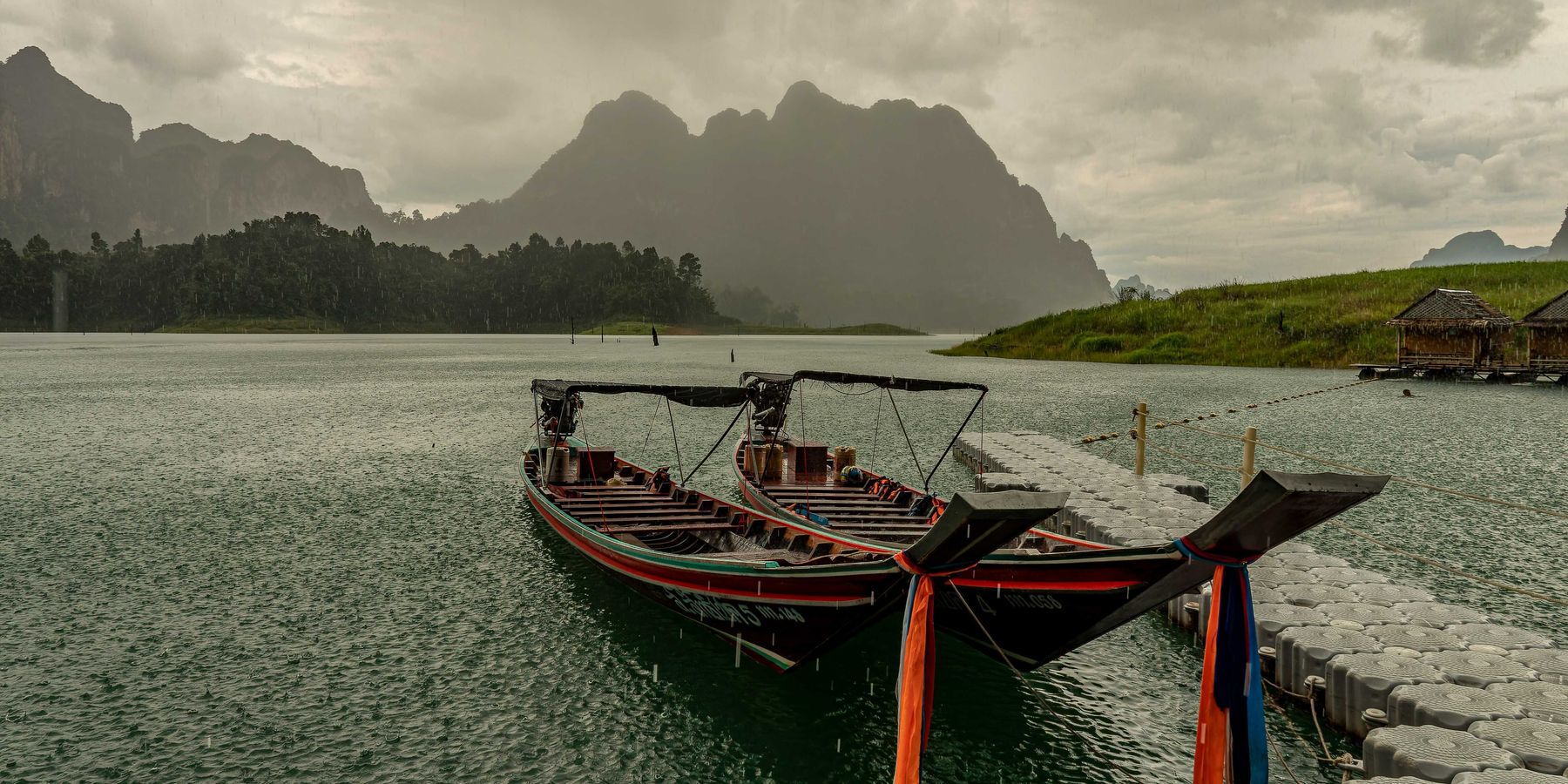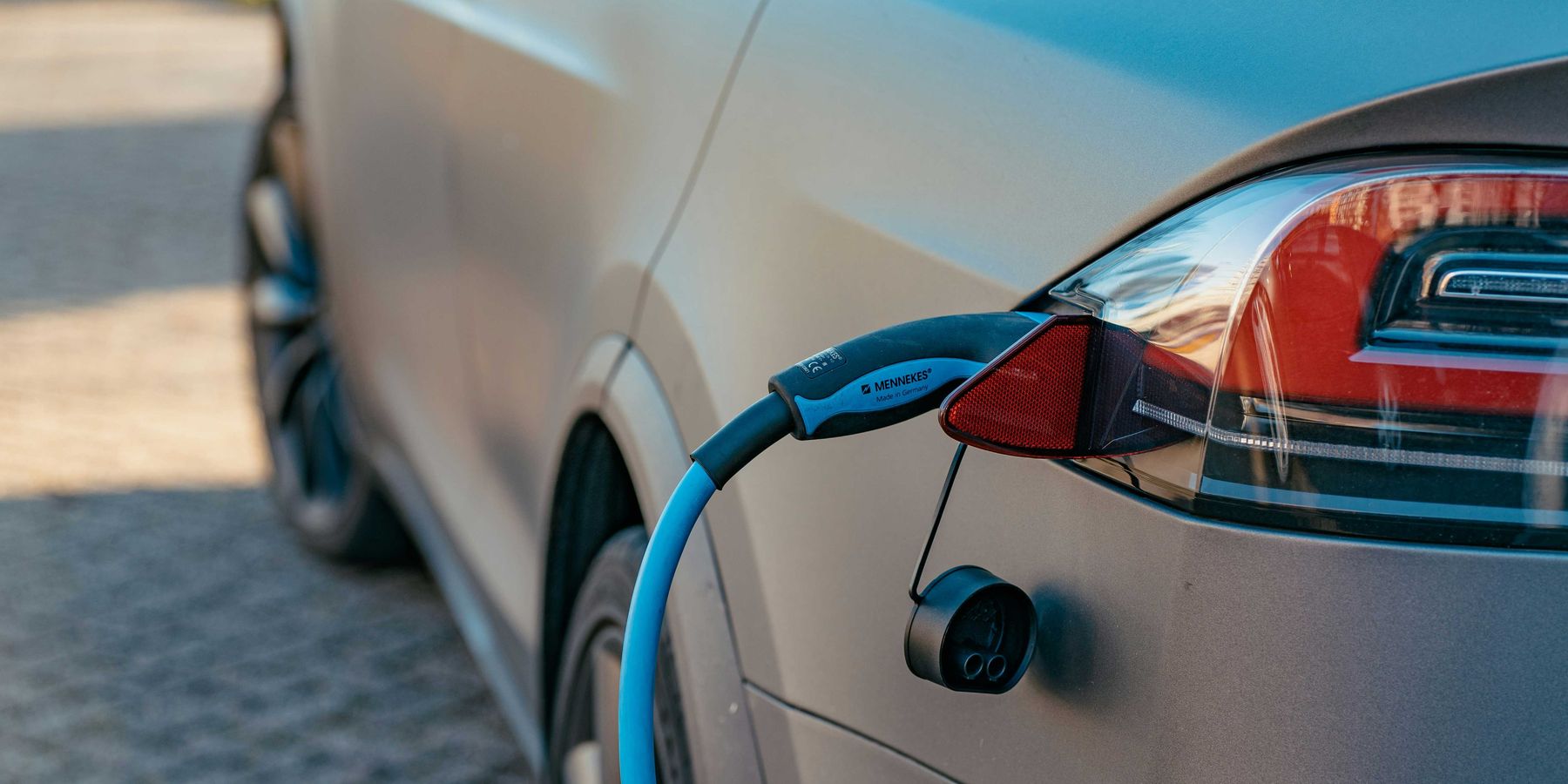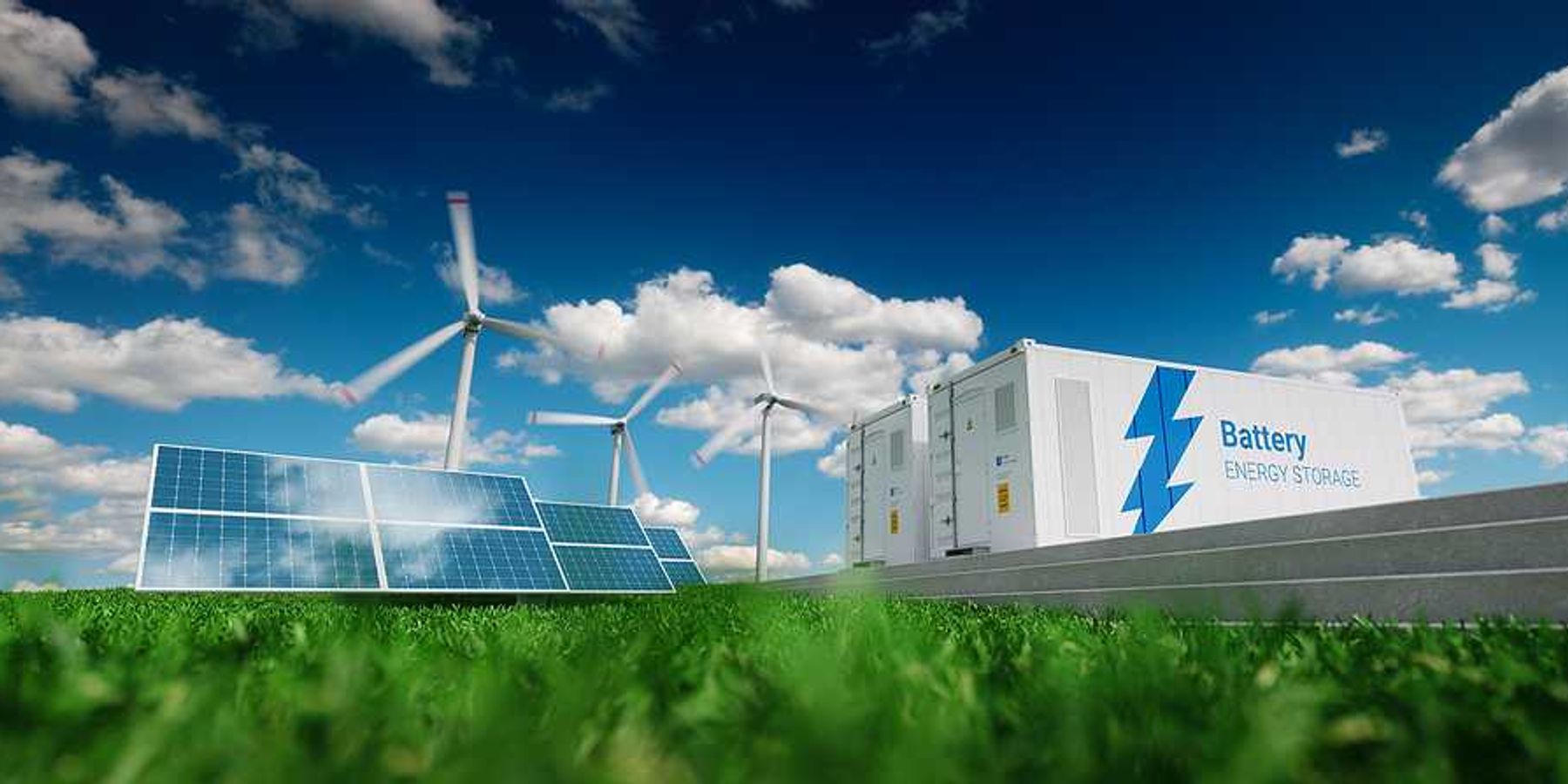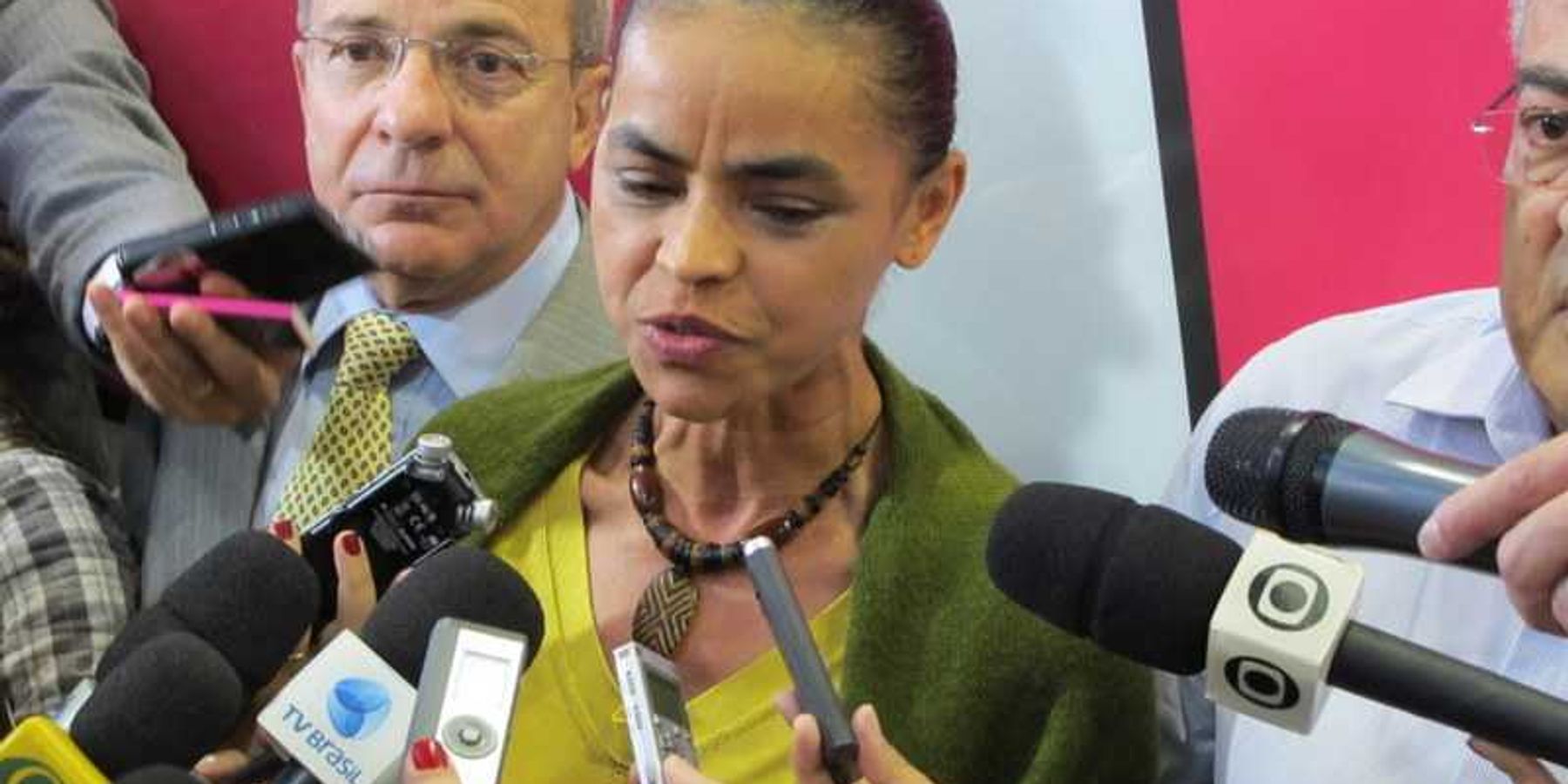
Life after carbon: The next global transformation of cities
Building resilience in cities means preparing for nature's power—but also addressing the social vulnerability of specific people due to climate changes.
In response to climate change, cities are cultivating the capacity of their inhabitants and core systems to adapt successfully to the future's new requirements.
This idea—we call it Adaptive Futures, one of four transformational ideas reshaping cities—recognizes that cities cannot simply create whatever future they want. Now they have to plan a future that fully takes into account the uncertainties and risks of a changing climate.
This upends conventional approaches to planning, because it emphasizes preparing for and adapting to nature's power. Urban adaptation involves designing a city's physical infrastructure so it can change as climatic conditions change (e.g., moveable sea barriers).
But, just as important, it also means addressing in new ways the "social vulnerability" of specific groups, communities, of people in the city due to climate changes.
Tackling the root cause of social vulnerability — discrimination
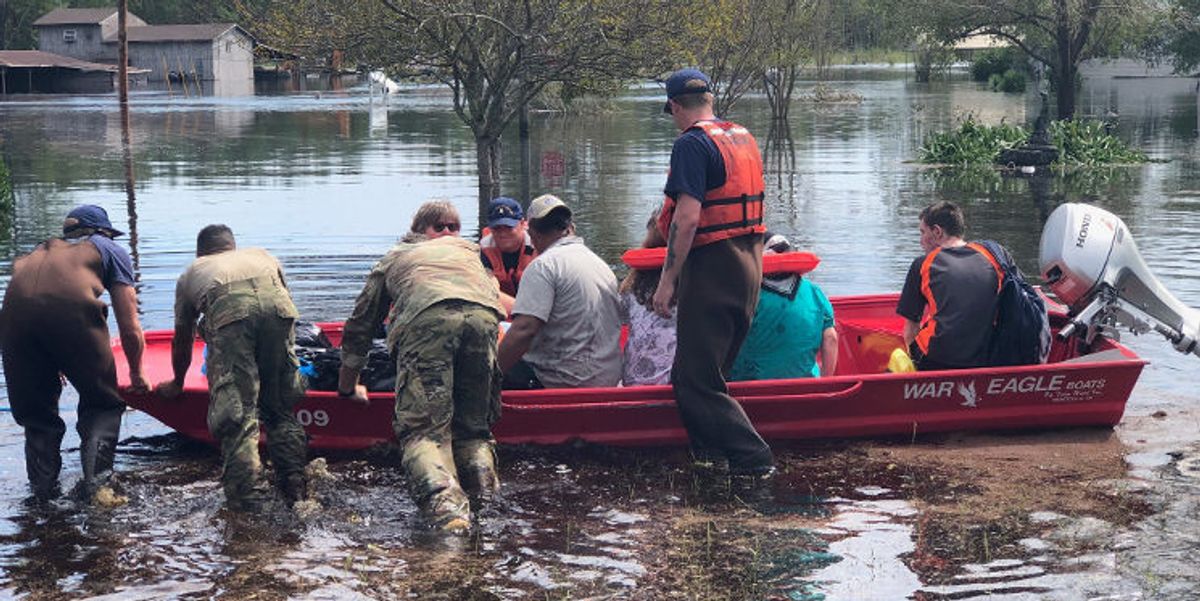
North Carolina National Guard assists residents of Old Dock, North Carolina, after flooding forced them from their homes in September 2018 (Credit: The National Guard)
In Boston, for instance, it was projected that a three-foot rise in sea level would flood 12,000 buildings, 25 subway stations, and four neighborhoods—and this would impact an estimated 104,000 children, 60,000 elderly people, 327,000 people of color, and others with low incomes, disabilities, chronic and acute illnesses, and limited English proficiency.
These people are not just in the way of the water; they likely have less resilience, less physical, social, and economic capacity, to bounce back from disasters.
They may live in housing that is less able to withstand inundation. They may have chronic health problems, such as asthma, which make them more susceptible to extreme heat.
They may have fewer resources—insufficient wealth, technology, education, institutional services, information, and social connections to neighbors and other potential support—to prepare sufficiently for climate changes and recover from climate disasters.
They are at a disadvantage, and often this is because of a city's historic patterns of discrimination against low-income, minority, immigrant, ethnic, and religious populations.
Cities that decide to boost the resilience of vulnerable groups usually seek to engage their members in planning processes to decide what to do. This often starts with an acknowledgment that traditional planning has marginalized the voices, knowledge, and interests of these populations.
Cities try to establish a dialogue with vulnerable communities, to codevelop understandings of the climate-change problem and potential actions.
In a few cities, engagement extends to empowering vulnerable communities to develop and implement actions themselves, by providing funding to participate in planning and the authority to make some decisions.
Sooner or later, though, the city has to decide whether or not to prioritize resilience building for vulnerable communities and how to design and implement actions for specific vulnerabilities, such as limiting cost increases of essential services, providing early warning alerts, improving local health services, and increasing access to training, education, and transportation for local jobs resulting from resilience investments.
A "racial equity" guide released in 2017 by the Urban Sustainability Directors Network, with more than 150 North American cities and counties, contained examples of these planning processes and actions drawn from Boulder, New York City, San Francisco, Seattle, Washington, DC, and other cities.
In some cities, innovators have recognized they could do more than seeking to reduce social vulnerability to climate-change impacts. They could put tackling the root cause of social vulnerability—discrimination—at the core of their efforts to strengthen the city's resilience.
Bouncing forward
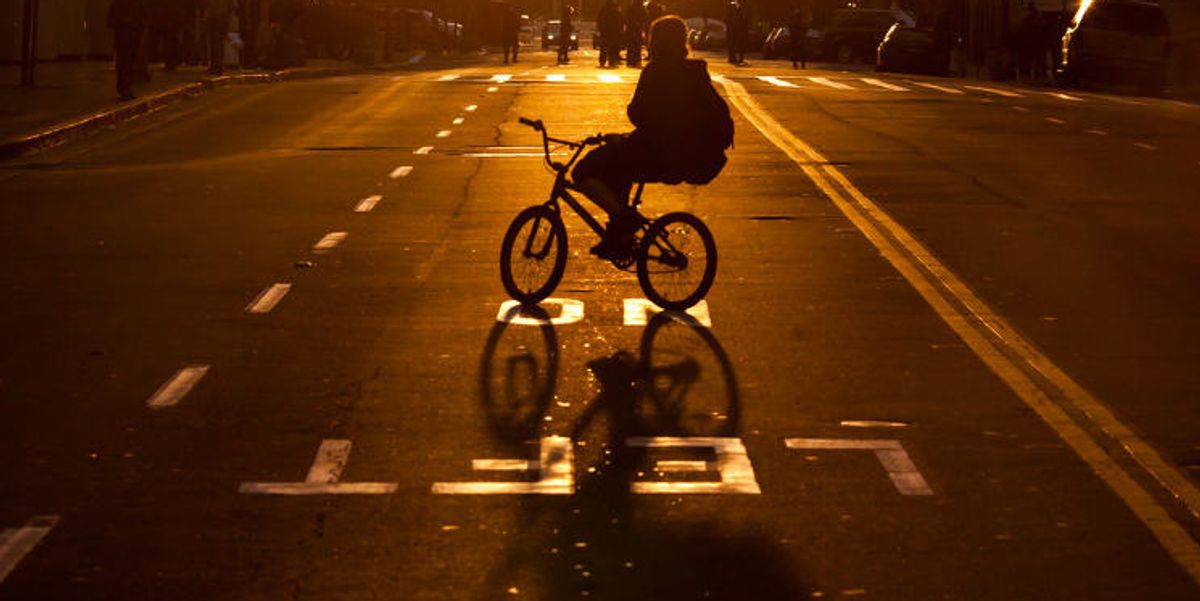
Oakland, California. (Credit: Thomas Hawk/flickr)
"Our first crime against nature was a crime against ourselves," says Taj James, cofounder of the Oakland, California-based nonprofit Movement Strategy Center, which supports movements for justice and equity and is one of many emerging advocates for resilience-through-equity.
"Resilience is about the relationships of human beings to each other," he explains. "The organizing principle is about repairing the harm that humanity has done to itself."
James's analysis is readily translated to the task of making a city's future: the way it's been done in the past has deliberately excluded and deeply injured certain populations, and this cannot be the way to a resilient future.
"To effectively build resilience," says a publication he coedited, "frontline communities—including low-income communities and communities of color that are most vulnerable to climate impacts—must be at the center of policy and practice … Our vision of climate resilience is not about 'bouncing back.' Instead, it is about bouncing forward to eradicate the inequities and unsustainable resource use at the heart of the climate crisis."
The idea of bouncing forward offers cities an important insight. It recognizes that city making is a collective exercise in economic, social, and political power. One way that power is used is through urban planning, which, says University of North British Columbia professor of environmental planning David Connell, "is the representation of a collective, public interest in the use of the power."
When cities plan their long-term climate resilience, will power be available to those who have mostly been excluded from it in the past? In other words, who is the "collective" that decides the city's future?
This is not just a technical question, James points out. It's ultimately a matter of a city's values and identity: "We cannot technocratically transition; we have to transition our values and worldview."
If we want to "construct an identity in which we are not separate from nature," he concludes, then we have to repair and end the "domination and extraction" that have been inflicted on some populations.
This idea also poses a challenge for city leaders: how they will define resilience? Is it about bouncing back, maintaining a city's basic functions and structures in the face of disruption and change? Or is it about bouncing forward, changing a city's functions and structures—intentionally disrupting economic, social, and political arrangements—so it can build a different resilience than it has had in the past?
Social and economic tensions
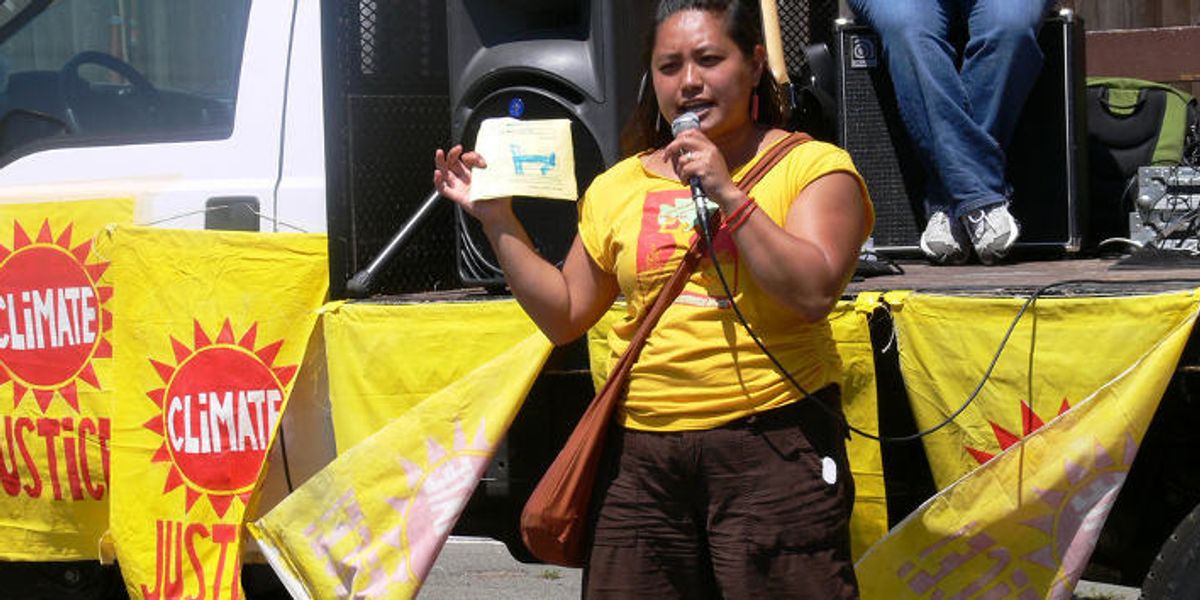
Climate justice rally at the Chevron Oil Refinery in Richmond, California. (Credit: planet a./flickr)
The Rockefeller Foundation chose the bounce-forward approach when it launched 100 Resilient Cities, whose members contain 500 million residents—to develop "the capacity," as then foundation president Judith Rodin puts it, "to create and take advantage of new personal, social, and economic opportunities."
The bounce-back- or-forward distinction may be more or less relevant in different cities, depending on their history, degree of inequity, and type of political system for making decisions.
City leaders may choose to pursue a mix of both approaches based on the opportunities for change they perceive.
But any city that is planning its way to a resilient future has to reckon with the role that planning now plays in how the future is made.
The "postmodern" purpose of planning, says Connell, is to make "the future visible in a socially acceptable way."
What will be socially acceptable, given the uncertainties driven by climate change and the social and economic divisions and tensions at the heart of modern cities, is still being formed in most cities.
"In cities," reports Dutch urban planner and Special Envoy for International Water Affairs, Henk Ovink, "you see an emerging capacity: coalitions of the willing that link institutions and individuals to work on the challenges and get to transformative solutions."
Peter Plastrik and John Cleveland are cofounders of the Innovation Network for Communities. They were founding consultants to the Carbon Neutral Cities Alliance and the Urban Sustainability Directors Network (USDN), coauthors of several INC reports about cities and climate change, and coauthors of Connecting to Change the World: Harnessing the Power of Networks for Social Impact.
Peter was manager of USDN's Innovation Fund. John serves as executive director of the Boston Green Ribbon Commission.
Their new book Life After Carbon: The Next Global Transformation of Cities has just been published by Island Press.



